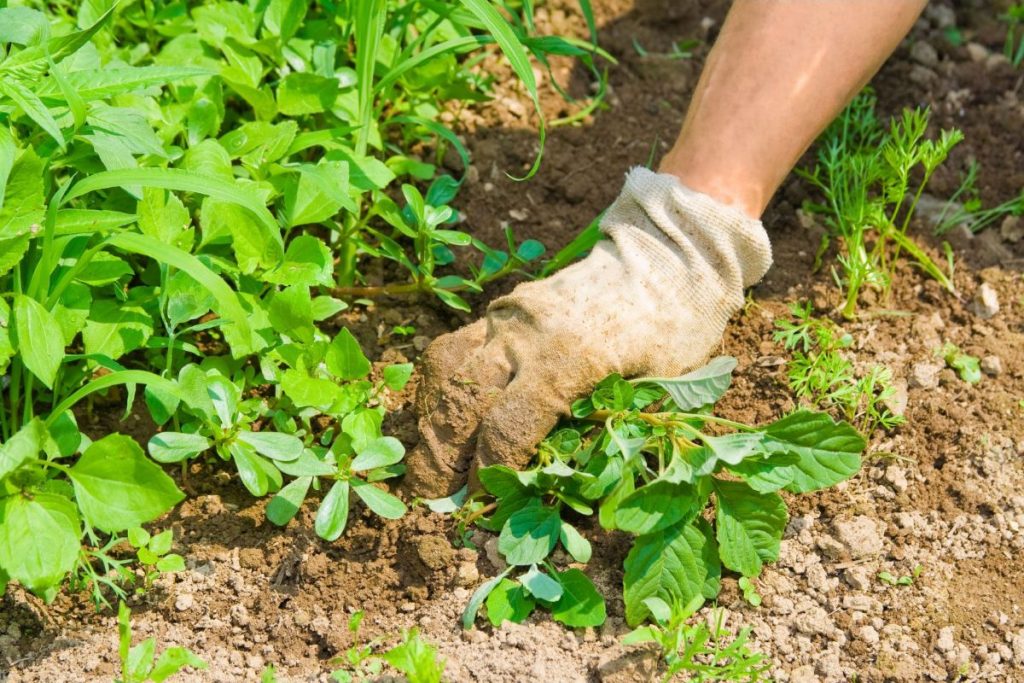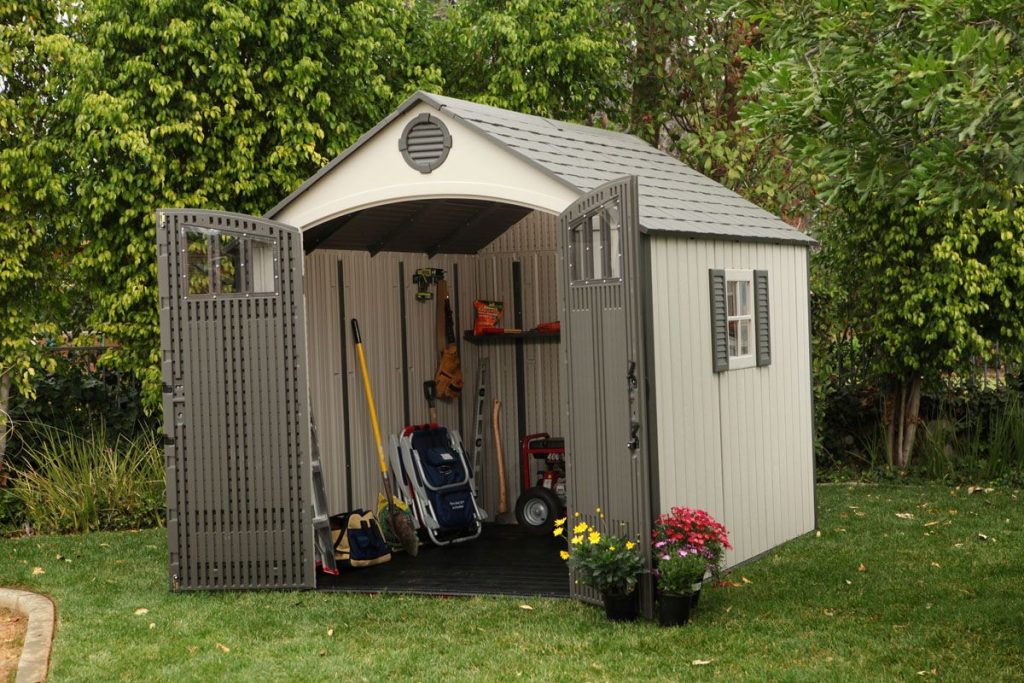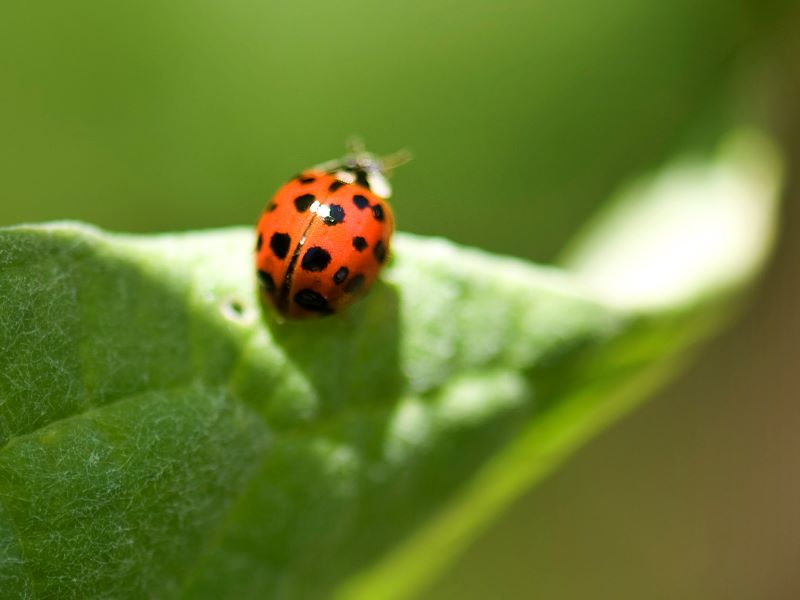Table of Contents
Gardening is a therapeutic hobby. Many people agree it’s an effective stress reliever and anti-depressant. It’s because taking care of something other than themselves gives people a sense of purpose and hope.
Most of us love the thought of having a garden, a few get on to doing it, while only a handful succeeds in this endeavor. This is because people get easily discouraged when they don’t make it on the first try or when their plant dies or is eaten by squirrels. But the truth is, gardening isn’t as complicated as you think.
We just need to be aware of what we have to do and what we shouldn’t do. With that said, here are nine common mistakes you should avoid when gardening:
1. Over Watering
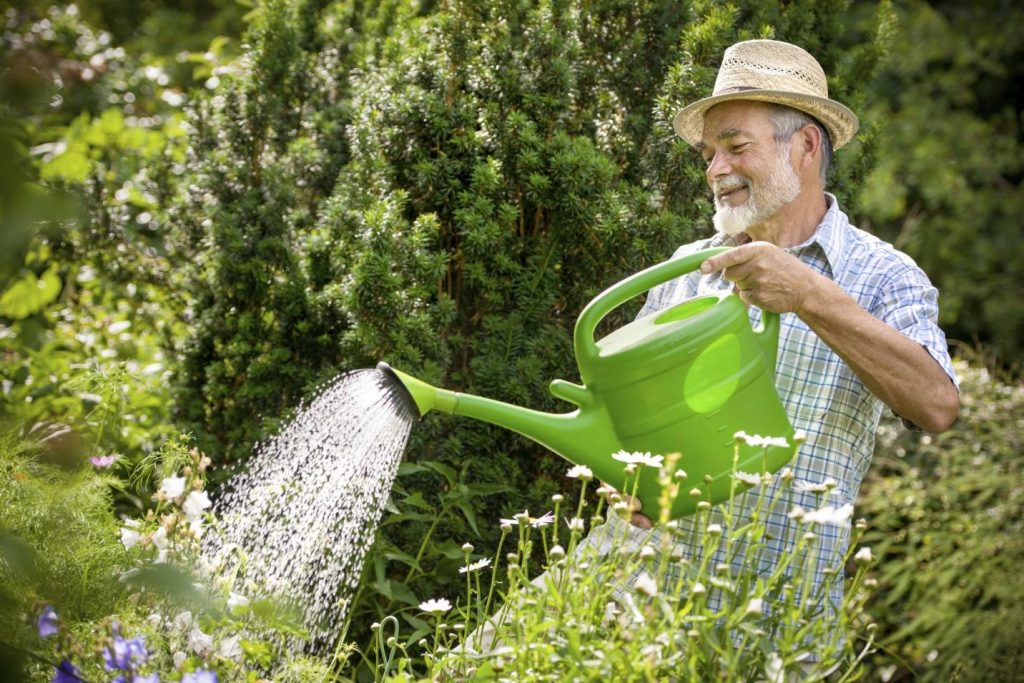
“Too much love will kill you.” The same thing can be said about plants. Over-enthusiastic or first-time gardeners often make the mistake of over watering their plants. It’s as if they’re killing them with too much love.
Plants only needed to be watered frequently until the seedlings are established. After developing a strong root system, it’s time to water your green babies at regular intervals. Gradually increasing the intervals overtime keeps your plant strong and help it survive.
While their intentions are good, too much water makes your plants tender and eventually, they will easily wilt under the sun. The roots of most plants need to breathe so naturally, they don’t like it when they’re sitting in water. They are going to drown and will eventually die if the soil has too much water.
2. Under Watering
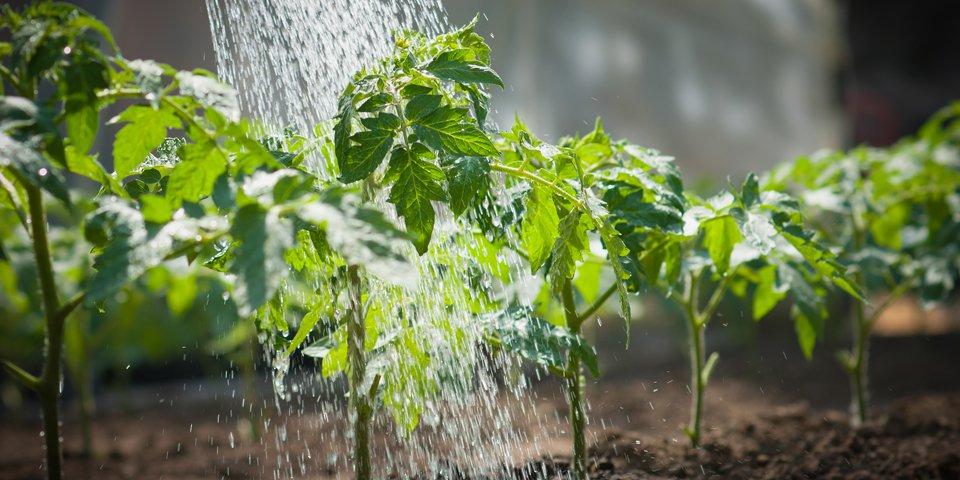
Under watering is usually the result of being scared to over water. Most people think it’s okay to just ‘sprinkle’ their plants with water, washing the dirt and dust away from the leaves. What they don’t know is that not enough water gets to the roots.
Keep in mind that the roots are the most important part you should water since plants breathe through them. Under watering prevents the roots to grow and plants with shallow roots need frequent watering. Again, plants that are always wet become weak and are more prone to wilting and being knocked over since their roots are not deep enough to draw water from the lower part of the soil.
3. Overcrowding

Everybody needs his or her own personal space – even plants. When plants are too close to each other, larger plants tend to smother smaller ones and they are more likely to catch other diseases and pests. If you don’t know how much space a type of plant needs, you might want to ask another experienced gardener for some advice or search for it on google. If your space is limited, don’t risk it. It’s better to plant a few than too many.
4. Getting Lazy on the Maintenance
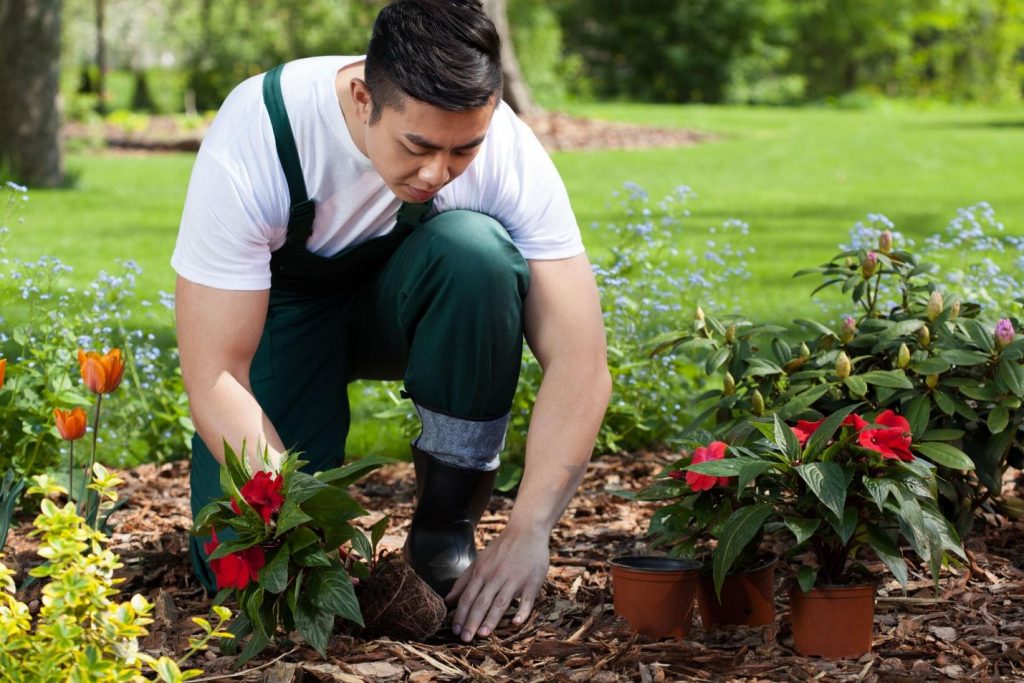
We all have tons of things to do but if you want a beautiful and healthy garden, you have to make a commitment. It takes time and effort to regularly weed, feed, and water your plants. Plants need TLC and they don’t like to compete on water and nutrients, and the abundance of weeds will only limit them from growing.
Plants become stressed when they don’t get enough food and water and eventually, they die. They won’t be able to bear fruits or bolt to seed.
5. Lack of Soil Preparation
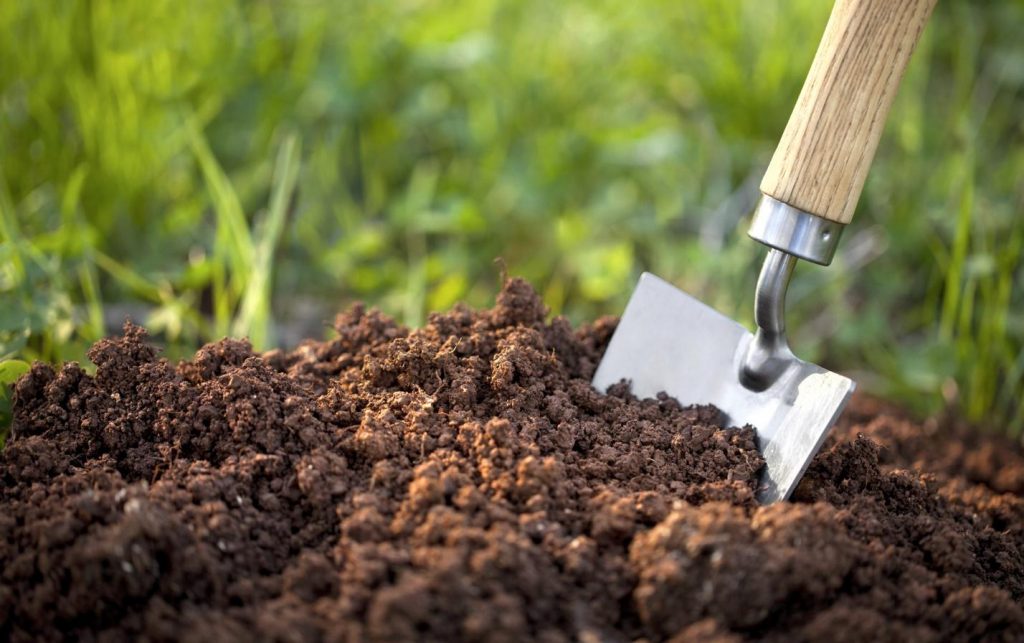
There are different types of soil in every region. It’s important to test your soil every year before you start planting so you’d know what you’re working with. Here’s a quick tip: regardless of the soil type, it’s better to combine one part of soil with one part organic compost. This prepares your soil to be the best foundation of your plants and it gives them the nutrients needed without having to use a lot of chemical fertilizers.
6. Not Considering Wildlife and Other Animals

We’ve already established that planting requires time and effort. Which is why it’s important to protect them as well. There are many complaints from homeowners that raccoons, squirrels, deer, rabbits, or even your own pet usually come by and eat all their hard work. Don’t let these furry little creatures destroy your plants! You can take precautionary methods by putting up a fence or net. There are also sprays created to keep certain animals at bay. If possible, you can also plant the ones that animals don’t like to eat, such as odorous plants (onions and garlic), lavender, marigolds, daffodils, and the like.
7. Not Mulching

Mulch isn’t just a decorative element in your garden; it actually has many purposes. Not only does it look good, but it also protects your plants from pests and diseases, prevent soil erosion, and it lessens the weeds. Make sure to put a lot of mulch around your plants for both aesthetic and functional purposes.
8. Planting On the Wrong Spot
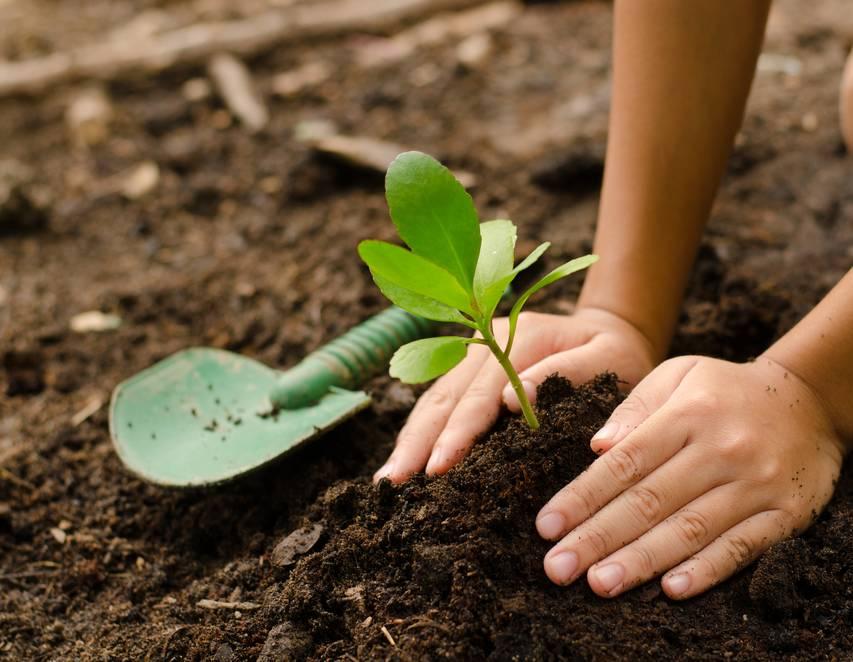
There’s nothing wrong with planting your plants on spots that would look the best, but your main concern should be the welfare of the plant – how much sun and shade it gets. Regardless of how it looks, place a plant in a shady area if it needs to be placed there. If you think some of your plants don’t get the sun they need, don’t worry because it’s easy to move them from one place to another without damaging them.
9. Planting Too Early
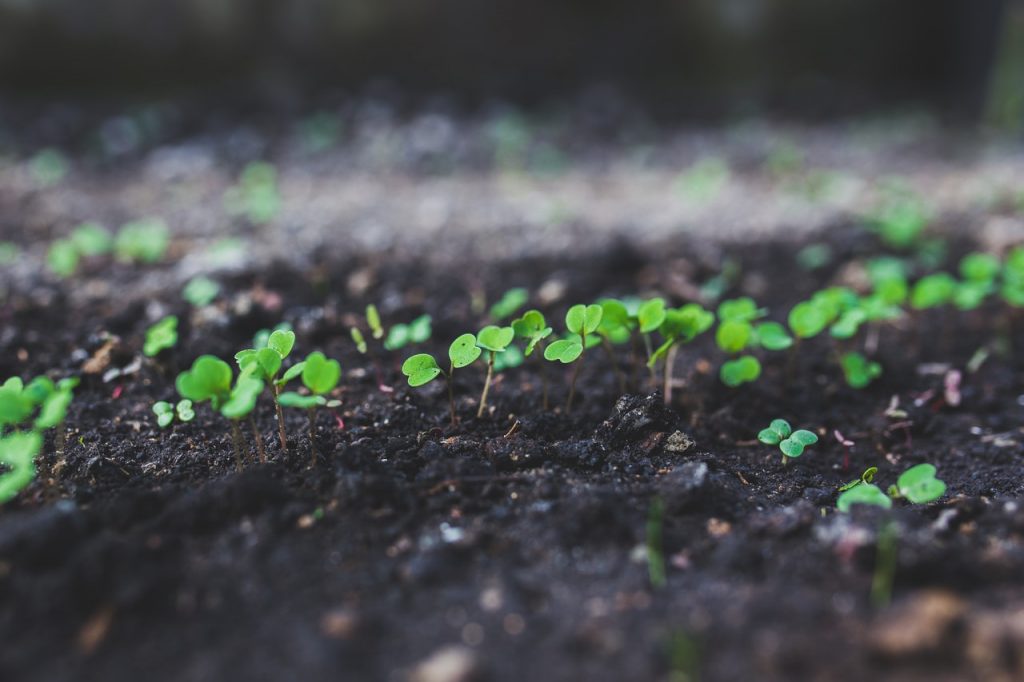
Looking at that empty soil tempts you to commit the sin of planting too early. We just want to get our hands dirty and start planting ASAP. But little seeds quickly grow to seedling and eventually they would need more space. They become stressed when placed in indoor pots without much sunlight. It’s okay to buy seedlings early but don’t put them in the ground just yet. Have a plan and shield them when a frost is predicted.
Now that you know the most common mistakes to avoid, it’s easier for you to do some gardening. However, this doesn’t mean that you will never make a blunder and that’s okay, as long as you charge it to experience.
source: westviewmfg.com

